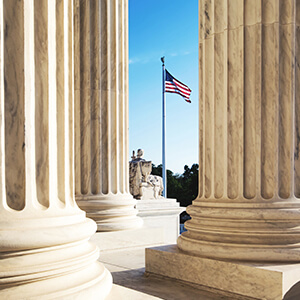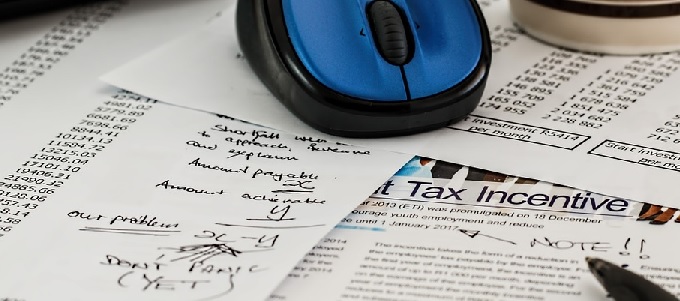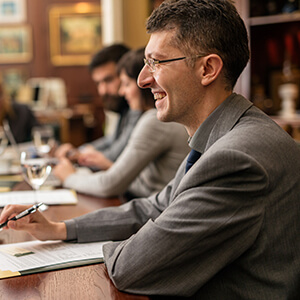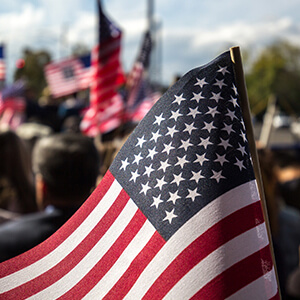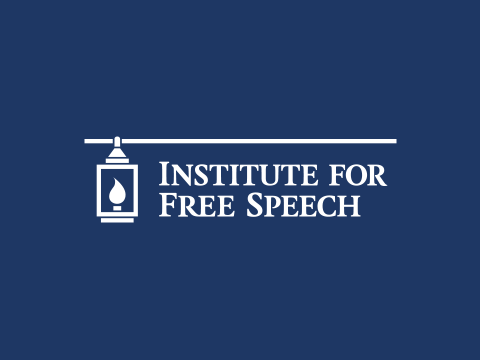The New Jersey Election Law Enforcement Commission has released their report on that state’s recent foray into welfare for politicians, touted by "reformers" as "clean campaigns." I testified at their public hearing in December, and am grateful to see that they briefly referenced my testimony in their report. Specifically, on a list of 35 items labeled as "areas for review" developed from testimony of everybody who spoke, my point was #34 ("End the program because confidence in government did not increase, elections did not become more competitive, special interest influence did not decline, and the cost was exorbitant"). The other 34 "areas for review" fall somewhere between "the program is great" and "the program should be improved by…"
The most striking thing about the report isn’t what it says, but what it doesn’t say. Specifically, this "fact-based" report doesn’t even bother to state whether the program achieved any of it’s stated goals.
Right on the first page of the executive summary, the main goals of the program are clearly stated: end the influence of special interest money, improve public opinion of the electoral process, and to "level the playing field" to allow presumably under-represented people to run for office. Other goals included reducing campaign spending, providing more time for candidates to communicate with voters, increase voter turnout, encourage small contributions, reduce uncontested elections, end negative campaigning, and prevent out-of-state money from affecting New Jersey’s elections.
Some of these, of course, can’t be immediately measured from the New Jersey pilot project. Ending the influence of "special interest money," whatever that means, presumably will take some time to discover. Many of the goals, however, can be assessed based on New Jersey’s past experience. While some of the answers are actually buried in charts and tables in the report, nowhere in the report does it compare the goals with the outcomes.
Since the report can’t quite bring itself to make such comparisons, I thought I might fill the gap. Here are a few that can be easily determined:
Did turnout increase? No. Comparing all three districts involved in the program, turnout rose in only one district, a strongly Republican district that in the earlier election only had a partial slate of Democrats running. In the other districts, turnout was flat or down.
Was less money spent? No. The only competitive district in the pilot project was among the most expensive in the state in 2007, spending about $370,000 more in ’07 than ’03. One of the two other districts saw a sharp increase, while the final uncompetitive district did see a sharp drop in spending. This was the strongly Democratic district where three Republican candidates could not qualify for funding.
Did it end "negative" campaigning? Not so much, at least if you ask Assembly Members Linda Greenstein and Wayne DeAngelo, who sought an extra $114,254.77 in "rescue funds" after having ads run against them by an interest group (using outside money too, so much for that goal).
As for reducing uncontested elections, that can’t be determined because there were no uncontested seats among the nine races. But it probably isn’t encouraging that the winning margins for Republican candidates in the strongly Republican districts increased under the pilot project, and winning margins for Democrats in the Democratic districts also increased under the pilot project.
And of course, no incumbents lost.
I’m reasonably certain that, as I write this blog post, somewhere in New Jersey there is right now a "reformer" spinning madly away, trying to put the best face on what can only be considered an inconvenient set of truths. But that won’t change the simple fact that comparing the programs outcomes with its stated goals yields only on conclusion: #34 is really the only "area for review" worth paying attention to.
